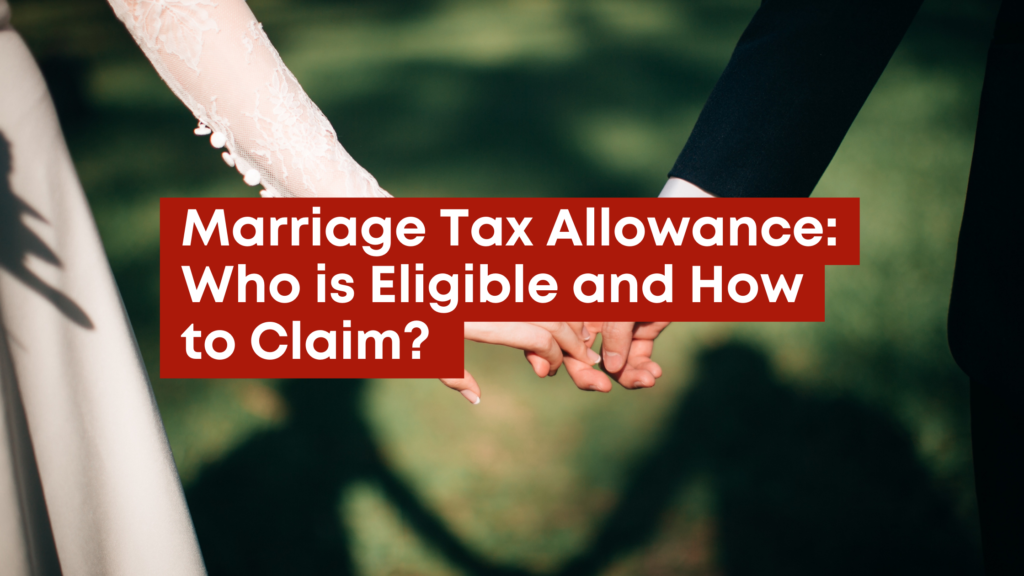Benefit-in-Kind (BIK) tax applies to non-cash benefits employees receive from their employers, such as company cars or private medical insurance. These perks are considered additional income and are taxed accordingly. Understanding BIK rates helps employers and employees manage tax costs effectively. In this article, we will explain what BIK tax is, the BIK rates for 2025-26, how to calculate BIK, and ways to reduce its impact.
What is the BIK (Benefit-in-Kind) Tax?
In the UK, BIK (Benefit-in-Kind) tax is levied on benefits provided by employers that aren’t part of an employee’s salary. Common examples include company cars, private medical insurance, and interest-free loans. These benefits are assigned a monetary value and taxed to ensure fairness in the taxation system. Explore our detailed guide on company car benefits in the UK to better understand the tax implications.
What is the BIK Rate for 2025-26?
The BIK rate for 2025-26 varies based on the type of benefit and specific factors, such as CO₂ emissions and the vehicle’s P11D value (its list price). For company cars, the rate is primarily influenced by the CO₂ emissions and the car’s value.
For the 2025-26 tax year, there are some key changes:
- Electric Vehicles (EVs): The BIK rate for EVs will rise from 2% to 3%. This increase is part of the government’s plan to gradually reduce tax incentives as the adoption of electric vehicles becomes more widespread.
- Plug-in Hybrid Electric Vehicles (PHEVs): PHEVs with CO₂ emissions between 1-50 g/km and an electric-only range of over 130 miles will see their BIK rate increase from 2% to 3%. Vehicles with shorter electric-only ranges will have higher BIK rates, with the percentage increasing as the electric range decreases. The BIK rate varies based on the electric range:
- Electric range over 130 miles: 3%
- Electric range 70-129 miles: 6%
- Electric range 40-69 miles: 9%
- Electric range 30-39 miles: 13%
- Electric range under 30 miles: 15%
- Vehicles emitting over 50g/km CO₂: The BIK rate increases progressively with higher emissions, reaching up to 37% for vehicles emitting 170g/km CO₂ or more.
- Internal Combustion Engine (ICE) Vehicles: Petrol or diesel-powered vehicles will continue to have BIK rates based on their CO₂ emissions, with higher emissions leading to higher BIK percentages. Here is a breakdown of the BIK rates for ICE vehicles:
CO₂ Emissions (g/km) | BIK Rate 2025/26 |
51-54 | 15% |
55-59 | 16% |
60-64 | 17% |
65-69 | 18% |
70-74 | 19% |
75-79 | 20% |
80-84 | 21% |
85-89 | 22% |
90-94 | 23% |
95-99 | 24% |
100-104 | 25% |
105-109 | 26% |
110-114 | 27% |
115-119 | 28% |
120-124 | 29% |
125-129 | 30% |
130-134 | 31% |
135-139 | 32% |
140-144 | 33% |
145-149 | 34% |
150-154 | 35% |
155-159 | 36% |
160+ | 37% |
Note: Diesel vehicles incur an additional 4% supplement unless they are RDE2 compliant or diesel plug-in hybrids.
How to Calculate the Benefit-in-Kind (BIK) Rate
The Benefit-in-Kind (BIK) tax for a company car is calculated based on the car’s value and its CO₂ emissions. Calculating the BIK amount for a company car involves the following steps:
- Determine the P11D Value: This refers to the car’s list price, including VAT and any additional options, excluding the first-year registration fee and annual road tax.
- Identify the BIK Percentage Rate: Based on the car’s CO₂ emissions and fuel type, refer to the HMRC BIK rates to find the applicable percentage.
- Calculate the BIK Value: Multiply the P11D value by the BIK percentage rate.
- Determine the Tax Payable: Multiply the BIK value by your income tax rate, either 20%, 40%, or 45%—to calculate the amount you owe.
Check the official HMRC page for detailed instructions on calculating tax on company cars.
Example Calculation: Salary in the 20% Tax Bracket
Consider an employee with a salary falling in the 20% income tax bracket, provided with a company car that has a P11D value of £30,000 and CO₂ emissions of 100 g/km.
- P11D Value: £30,000
- BIK Percentage Rate: For CO₂ emissions of 100 g/km, the BIK rate is 25%.
- BIK Value: £30,000 x 25% = £7,500
- Annual Tax Payable: £7,500 x 20% = £1,500
- Employer’s Class 1A NICs (15% on BIK Value): £7,500 × 15% = £1,125
Example Calculation: Salary in the 40% Tax Bracket
Consider a higher-earning employee with a salary in the 40% income tax bracket, provided with a company car that has a P11D value of £40,000 and CO₂ emissions of 120 g/km.
- P11D Value: £40,000
- BIK Percentage Rate: For CO₂ emissions of 120 g/km, the BIK rate is 29%.
- BIK Value: £40,000 x 29% = £11,600
- Annual Tax Payable: £11,600 x 40% = £4,640
- Employer’s Class 1A NICs (15% on BIK Value): £11,600 × 15% = £1,740
Note: As of April 6, 2025, the Class 1A National Insurance contributions rate increases from 13.8% to 15%. This change affects the calculation of employer NICs on benefits-in-kind, such as company cars, as shown above.
How to Minimise the Impact of Benefit-in-Kind on Your Overall Tax Liability
BIK tax adds to your overall tax burden by increasing your taxable income. The higher the BIK value, the more tax you pay. However, there are ways to reduce this impact:
- Choose Low-Emission Vehicles: Opting for electric or low CO₂ emission vehicles can significantly lower your BIK rate.
- Salary Sacrifice Schemes: Some employers offer salary sacrifice arrangements, allowing employees to give up a portion of their salary in exchange for benefits like company cars, potentially resulting in tax and National Insurance savings.
- Cash Allowances: Instead of a company car, some employers provide a cash allowance, which may be more tax-efficient depending on individual circumstances.
Knowing the BIK rates for 2025-26 is key to effective tax planning. Choosing low-emission vehicles and taking advantage of available schemes can help manage and potentially reduce your BIK tax liability. It’s important to stay informed about HMRC guidelines to ensure compliance and make well-informed decisions.





